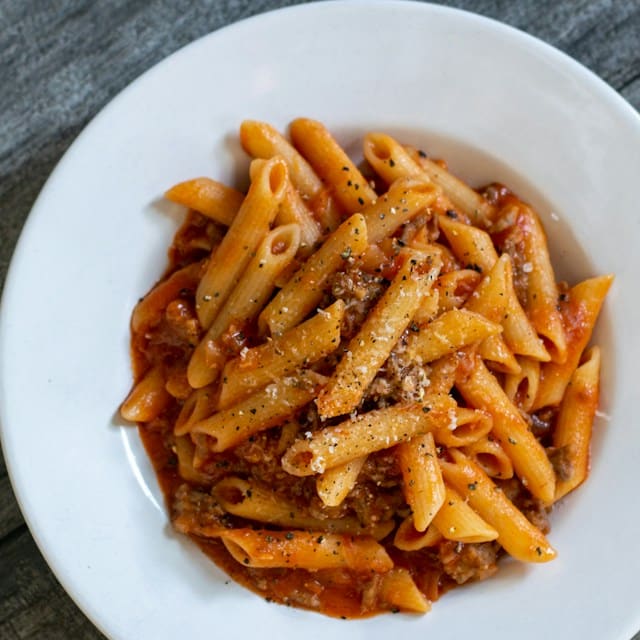What Techniques Ensure a Juicy and Flavorful Oven-Roasted Turkey?

The holiday season is not complete without the iconic dish of a golden, oven-roasted turkey taking center stage at your dinner table. Roasting a turkey can seem like a daunting task, especially for those doing it for the first time. Fear not, for we bring to you tested and trusted techniques that ensure that your turkey turns out juicy, flavorful, and perfectly cooked every time. This step-by-step guide, filled with pro tips and advice, will take you through the process of cooking a mouth-watering roast turkey, focusing on factors like brining, buttering, cooking time, and oven temperature.
Perfecting the Brine: The Secret to a Moist and Flavorful Turkey
Brining is the process of soaking the turkey in a solution of salt and water, often infused with other flavors like herbs and citrus. This technique ensures the turkey is moist and flavorful, as the salt in the brine seasons the turkey throughout and helps it retain moisture during cooking.
A lire également : Can You Master a Classic French Coq au Vin with a Red Wine Reduction?
To make a basic brine, you’ll need one cup of table salt for every gallon of water. Ensure the turkey is fully submerged in the brine and refrigerate for at least 8 to 24 hours. If you want to add more flavors to your turkey, you can include ingredients like brown sugar, peppercorns, bay leaves, garlic, and citrus peels to your brine mix.
Using a brine will require you to rinse the turkey thoroughly before cooking to ensure it’s not overly salty. However, be sure to dry the turkey well after rinsing, as excess water can hamper browning.
Cela peut vous intéresser : What’s the Key to a Perfectly Spiced Moroccan Couscous Royale?
The Magic of Butter for a Golden and Crispy Skin
Butter is another key ingredient that plays a crucial role in achieving that golden and crispy skin that is the hallmark of a perfect roast turkey. Before you roast your turkey, ensure to generously smear softened butter under and over the skin.
The butter not only enhances flavor but also aids in browning and crisping the skin of the turkey. For an even richer flavor, you can add fresh herbs, garlic, and lemon zest to your butter.
Remember, the butter should be at room temperature to make it easier to spread. Using a silicone brush can also make the process easier and more efficient.
Mastering the Cooking Time and Oven Temperature
Understanding the right cooking time and oven temperature is crucial to a well-cooked turkey. As a standard rule, you should cook the turkey in a preheated oven at 325°F (165°C).
The cooking time depends on the size of your turkey. A turkey that weighs between 12 to 14 pounds will typically take 3 to 4 hours to roast when unstuffed, and an additional half an hour when stuffed. The turkey is cooked when the internal temperature, measured at the thickest part of the breast, reads 165°F (74°C) on a meat thermometer.
It’s also important to note that you should let the turkey rest for at least 15 to 20 minutes after removing it from the oven. This will allow the juices to redistribute throughout the meat, ensuring a moist and flavorful bird.
The Art of Roasting: Techniques for a Perfectly Roasted Turkey
Roasting is more than just throwing the turkey in the oven. It’s a calculated process that involves proper positioning and frequent basting to achieve a perfectly roasted turkey.
Place your turkey breast-side up on a rack in a shallow roasting pan. This will ensure even heating and browning. Halfway through the roasting process, loosely cover the breast with a piece of foil. This prevents the meat from overcooking and drying out while the darker meat continues to cook.
Basting the turkey every 45 minutes with its juices also helps to maintain its moisture and promotes even browning. Do note that every time you open the oven door to baste, you lose heat. Therefore, try to baste quickly to minimize heat loss and maintain a consistent oven temperature.
Special Touches That Make a Difference
Small touches can make a significant impact on your final product. One such technique is to add vegetables and aromatics to the turkey cavity. Stuffing the turkey with onions, carrots, celery, and herbs like rosemary, thyme, and sage can add an extra layer of flavor to your turkey.
Another tip is to season your turkey well with salt and pepper, both inside and out, before roasting. This simple step can help heighten the flavors of the turkey.
Using a roasting rack can also make a difference as it allows the heat to circulate evenly around the turkey for uniform cooking and browning. It also prevents the bottom of the turkey from getting soggy.
Now that you are armed with these techniques, we hope that you will feel more confident about roasting your next turkey. Remember, the goal is to have a turkey that is not only visually appealing but also moist, flavorful, and delicious. With a little preparation and attention to detail, you can achieve a perfectly oven-roasted turkey every time.
The Importance of Carving and Serving Your Oven-Roasted Turkey
Proper carving and serving of your turkey are just as important as the preparation and cooking process. The way a turkey is carved can significantly impact the texture and flavor of the meat you serve. Carving the turkey correctly can also help retain its juiciness and ensure each slice is tender and flavorful.
Begin by allowing the turkey to rest at least 15 to 20 minutes after removing it from the oven. This resting time allows the juices to redistribute throughout the meat. Then, with a sharp knife, start by removing the legs. Next, separate the thighs from the drumsticks and slice the dark meat off the thighs.
For the breast, make a long slice down one side of the breastbone, and then slice across the breast to remove neat, even slices. Remember to carve against the grain for the most tender slices. Save the wings for the end, as they can be tricky to remove.
In terms of serving, present the carved meat on a large, warm platter. It’s often beneficial to serve the turkey with a variety of sides that complement its flavor, such as cranberry sauce, stuffing, and roasted vegetables. Drizzle leftover pan juices or gravy over the meat for added moisture and flavor.
Conclusion: Making Your Oven-Roasted Turkey a Success
Roasting a turkey is not an exact science, it requires a blend of technique, timing, and attention to detail. The key is to focus on elements like proper brining, buttering, cooking time, oven temperature, roasting techniques, and carving. Each step significantly influences the final product, and when done correctly, can yield a turkey that is moist, flavorful, and delicious.
Adding vegetables and aromatics to the turkey cavity, seasoning with salt and pepper, and using a roasting rack can also enhance the taste and presentation of your turkey. Remember, it’s not just about the destination, but also the journey. The process of roasting the turkey can be as rewarding as the final feast itself, especially when done with love and care.
With these techniques at your disposal, you’re now equipped to present an oven-roasted turkey that will impress your guests and take center stage at your holiday table. So, take a deep breath, roll up your sleeves, and get ready to roast the perfect turkey. Happy cooking!
